
The proposal of a dry canal that would cross northern Costa Rica, from Limon to Guanacaste, has been under political debate in the country for more than a decade.
The idea was promoted again during the current electoral campaign, when at least three candidates brought it up among their promises, including the New Republic’s evangelical candidate, Fabricio Alvarado, Sergio Mena from the New Generation party and the candidate still in the race for the Social Democratic Progress Party, Rodrigo Chaves.
Chaves stated that one of his main projects if elected president would be to find financing to build the canal, in an interview with The Voice of Guanacaste in January of this year:
My star project [for Guanacaste] is to bring $14 billion for an interocean dry canal that connects the northern part of the country, including the north Pacific with the north of our Atlantic. That way we build a logistic network of high value-added services in this zone. There we could talk about thousands of jobs, 80,000 jobs, 100,000 jobs. Well-paid, very high-value-added jobs,” he said.
Chaves also included it matter-of-factly in his government plan. “The country should resume analysis of the dry canal as a land alternative to compete with the Panama Canal,” he justified.
In the past, several entrepreneurs presented projects similar to Chaves’ proposal. Most were ruled out due to lack of funding or feasibility.
The Voice decided to analyze what discussions have come up in the past and what some of the people involved maintain about the dry canal project.
A Rejected Proposal
The last proposal discussed in the country came up in 2016, when Cansec S.A., an organization of private companies, presented the project to the National Concessions Council (CNC) of the Ministry of Public Works and Transportation (MOPT).
Cansec S.A. proposed building two megaports, one in Santa Elena Bay in La Cruz, and another in Parismina in Limon. Both ports would be linked by a 315-kilometer (195-mile), ten-lane highway. The project also included a three-line railway, a river port in San Carlos, a free trade zone at each point and an airport in Limon.
The CNC filed the project away in 2020, arguing that the proposal lacked feasibility and profitability studies. In other words, Cansec did not present ways to ensure that it was possible to carry it out or that it would generate enough profits.
The representatives of the CNC argued before the Legislative Assembly that another of the reasons why they shelved the project was because the costs and maintenance fees for the project were not in line with reality. At the time, the council also made it clear that it wasn’t opposed to a dry canal but that several aspects of this specific project weren’t viable.
Cansec S.A.’s spokesperson and director of international relations, David Segura Roman, said that the company doesn’t agree with the resolution since the CNC ruled out the project at a very early stage in which it still “wasn’t necessary” to present that type of information. “We needed certain authorizations to start doing studies, but they didn’t want to give us the opportunity,” said the representative.
Struggling for the Canal
According to Segura, Cansec has had meetings with several political parties during the election period. One of them was New Republic, which presented a project very similar to that of Cansec S.A.’s during the campaign. Segura also said that he had meetings with members of National Liberation and Rodrigo Chaves’ team.
Of course we’re meeting [with the candidates]. We are currently dealing with the campaign teams of both parties [that are in the second round], clearing up doubts, seeing what we can do together and explaining the history of the project to them,” he said.
Segura affirmed that the company is “completely apolitical” and that they decided not to take a position with respect to any of the second-round candidates.
They affirmed the same thing in a press release on February 5, when Cansec S.A.’s board of directors declared itself to be “completely apolitical” and not to have political favoritism. The statements came out a day after former presidential candidate Lineth Saborio questioned Fabricio Alvarado about his relationship with the organization during a presidential debate.
However, the president of the organization’s board of directors, Lucy D’Ambrosio Vite, openly supported Alvarado during the election campaign and, since the result of the first round, she shares posts in support of Chaves on her social networks.
Segura brushed off D’Ambrosio’s support and said that the political opinions of one member of the company organization “do not in any way represent” the thinking of the rest or the position of the institution. “Everyone votes and supports the candidate that seems best to them, but it’s not an adherence to Cansec,” he stated.
Candidate Rodrigo Chaves’ current proposal also doesn’t provide a completely clear picture of how he would implement the project. During his interview with The Voice of Guanacaste in January, Chaves stated that in order to carry out the project, his future government would have to do multiple studies in Guanacaste, Alajuela and Limon, the provinces involved in the plan.
We have to do the impact studies, not just of environmental impact but of social impact. Know who will benefit… We also have to see if we have to move people to create the space. All of this must be done very carefully,” the candidate commented.
National Liberation’s candidate, Jose Maria Figueres, also brought up the possibility of creating the dry canal through Twitter in 2020. “As a consequence of climate change, the capacity of the Panama Canal will be reduced. A possibility for a dry canal from Cuajiniquil to Parisimina?” he tweeted. However, Figueres doesn’t mention this type of project in his government plan.
Since February 15, this communication media has tried to talk again with both candidates to expand on their specific plans around the canal. However, we didn’t receive any responses by the deadline for this article.
Economic Dynamics in the Area Could Change
Chaves affirmed that his project would result in more than 80,000 jobs nationwide and that it would boost the economies of peripheral areas such as La Cruz, Upala and San Carlos. However, the candidate did not specify what types of jobs he was referring to, whether they would be temporary jobs during construction, permanent jobs or a combination.
According to an analysis by the Transportation Infrastructure Program of the National Laboratory of Materials and Structural Models (Lanamme-UCR), during the construction of the ports and the highway, the 2016 project could have generated between 5,000 and 20,000 direct jobs for workers in engineering, architecture and construction. The work would last between five to six years.
The researchers also calculated that the project would create about a thousand permanent direct jobs in naval engineering fields, to be able to manage the ports. The analysis doesn’t mention the jobs that could be generated indirectly.
Cansec S.A. representative David Segura affirmed that the company hoped to generate professional engineering and mechanical jobs, but also jobs for loaders, ship and train attendants and cargo administrators, among others. “We would create jobs for all categories, not just for a specific field,” he emphasized.
The mayor of La Cruz, Alonso Alan, believes that job creation should be one of the priorities of the future government administration, whoever wins the position. However, he stated that neither the politicians nor Cansec S.A. “have approached the canton to bring it up” and that’s why he doesn’t have a clear position on building the dry canal.
My particular position as mayor and as a La Cruz resident is that it’s a great opportunity that we could have, but we need to have much more information on the subject. Especially the environmental part, which is a component that makes La Cruz what it is,” said Alan.
Another of the mayor’s concerns is that the project would affect the sustainable tourism that exists in the canton and that the highway would pass through entire communities, such as the district of Santa Cecilia and La Garita. “It’s very difficult to take a position until we are involved in the process,” he remarked.
Alan argued that along with the project, the government should propose a professional education plan for residents of La Cruz, since he reasons that if the people of La Cruz don’t have the skills to work on the canal, it wouldn’t bring a better outlook for the canton.
You can bring a very large company with thousands of jobs here, but it won’t be useful to us if the education gap that we have continues. Don’t let it be a project for people from the Greater Metropolitan Area to come and take the place from our neighbors because only they have the knowledge,” he declared.
In the interview with TheVoice, Chaves said that part of his plan is to create an educational strategy for the people who live in the rural areas involved. “To take advantage of [the canal], we need to make sure that the young people of Guanacaste have access to the technical and educational tools that the companies are going to demand,” he said.
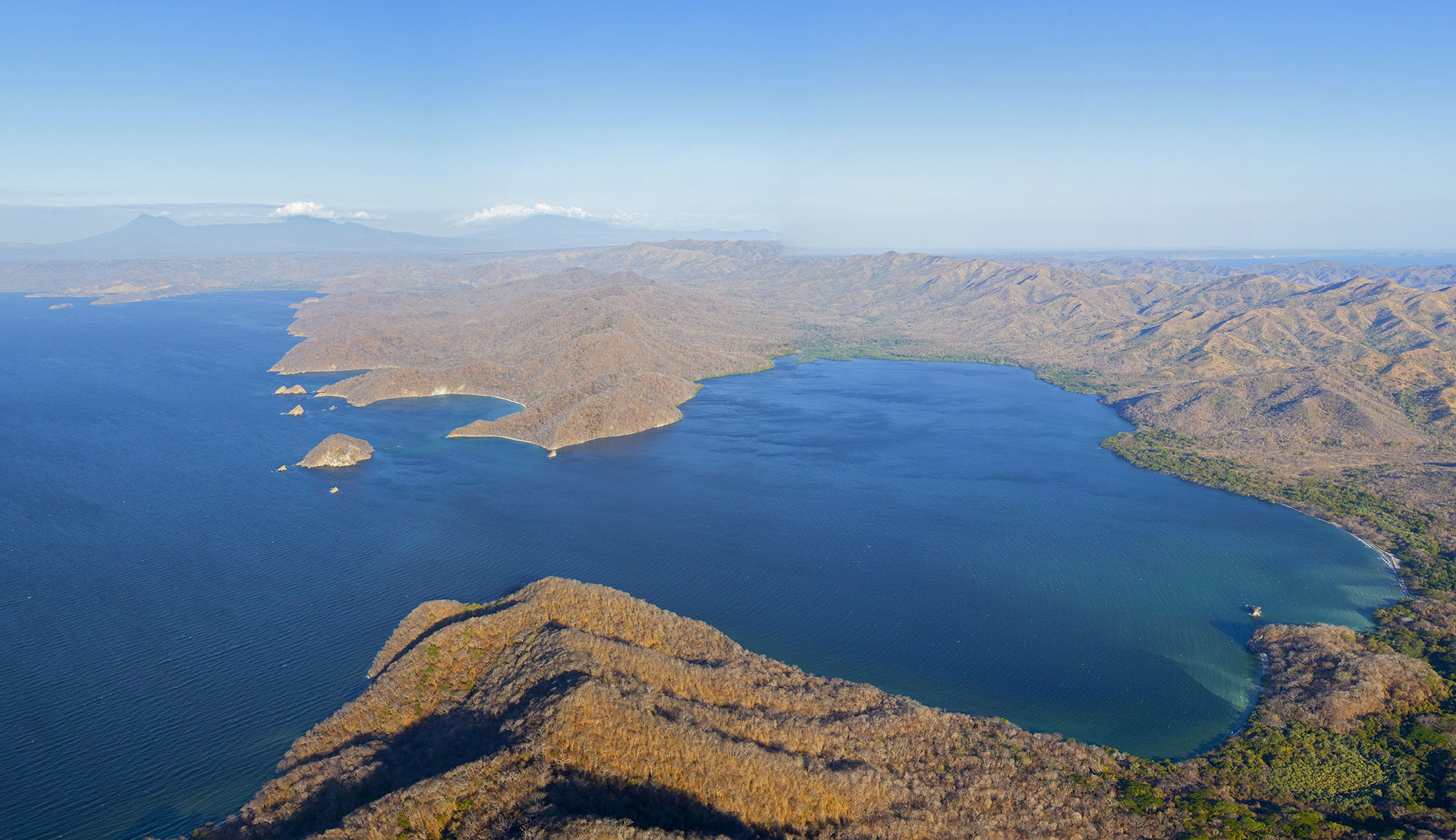
Santa Elena Bay is one of the points where a port would be built, according to some dry canal proposals.Photo: ACG
Environmental Impact in the Province
From the point of view of the mayor of La Cruz, the canal could be built in three bays: Salinas, which shares marine territory with Nicaragua, Cuajiniquil, which, according to Alan, has “a more complicated terrain at the level of road construction” and Santa Elena, which is currently the territory being talked about.
The 2016 project planned to build the La Cruz megaport in Santa Elena Bay, which has an area of 728 hectares (about 1800 acres) and is part of the Santa Rosa National Park. The land zone is strictly oriented toward the conservation of its ecosystems and in the maritime zone, it’s possible to do tourist activities such as scuba diving and snorkeling.
That’s why the General Management Plan for this protected area, prepared by the National System of Conservation Areas (SINAC for the Spanish acronym), described the project as one of the most latent threats to conservation and the biodiversity that surrounds the area. At that time, the Guanacaste Conservation Area (ACG for the Spanish acronym) board of directors stated that it was opposed to Cansec S.A.’s project.
The plan states that the boats in the canal would directly affect all of the marine species that move through the area, such as whales, sharks, turtles and dolphins. In addition, from ACG’s point of view, there would be no environmental or social security for those who would be dispossessed of their homes because they are located along the stretch where the highway would be built.
Segura emphasized that, as of yet, the project has not defined the place where the megaport would be built since they need technical studies to determine it. He assured that there could be another possible point on the coast of Guanacaste other than any of the three bays in La Cruz.
ACG’s research program coordinator, Roger Blanco, said that he can’t take a position on the PSD candidate’s approach until Chaves explains all the particulars of the idea. However, he urges the candidates to carefully analyze the social and environmental consequences that the communities around the project could suffer.
We are concerned about the implications it would have for species that come to the Santa Elena and Murcielago sectors now. What would happen to the whales that use that territory to give birth to their young? Would we continue seeing the dolphins, rays and sea turtles that live in the bay? Probably not,” the researcher questioned.
According to article 19 of the Forestry Law (N. 7575), it is possible to build in protected areas if the State declares an infrastructure project to be a “project of national convenience.”
During the interview with this medium, Chaves said, without elaborating, that it is possible to carry out the project while respecting protected areas such as the ACG.
There are techniques to not harm the environment and to be able to take advantage of the investments. Those who argue that there is a fundamental contradiction between environmental protection and economic development are speaking of a false dichotomy based more on ideology than on technical expertise,” he argued.
Blanco affirmed that the ACG could go to international courts to litigate its conservation if the project were to be built in Santa Elena Bay, since it is a Natural World Heritage Site, as declared by UNESCO in 2004. However, he said, it’s not an ideal scenario and could tarnish the country’s “green reputation” in the eyes of international organizations.
“Because it is a Unesco heritage, any project that is carried out on the site, near the site or in the vicinity must have formal and serious support. UNESCO and other international mechanisms would get involved here. I think that we have to think about what future we want Costa Rica to have, if it’s worth hurting the country’s image,” Blanco emphasized.


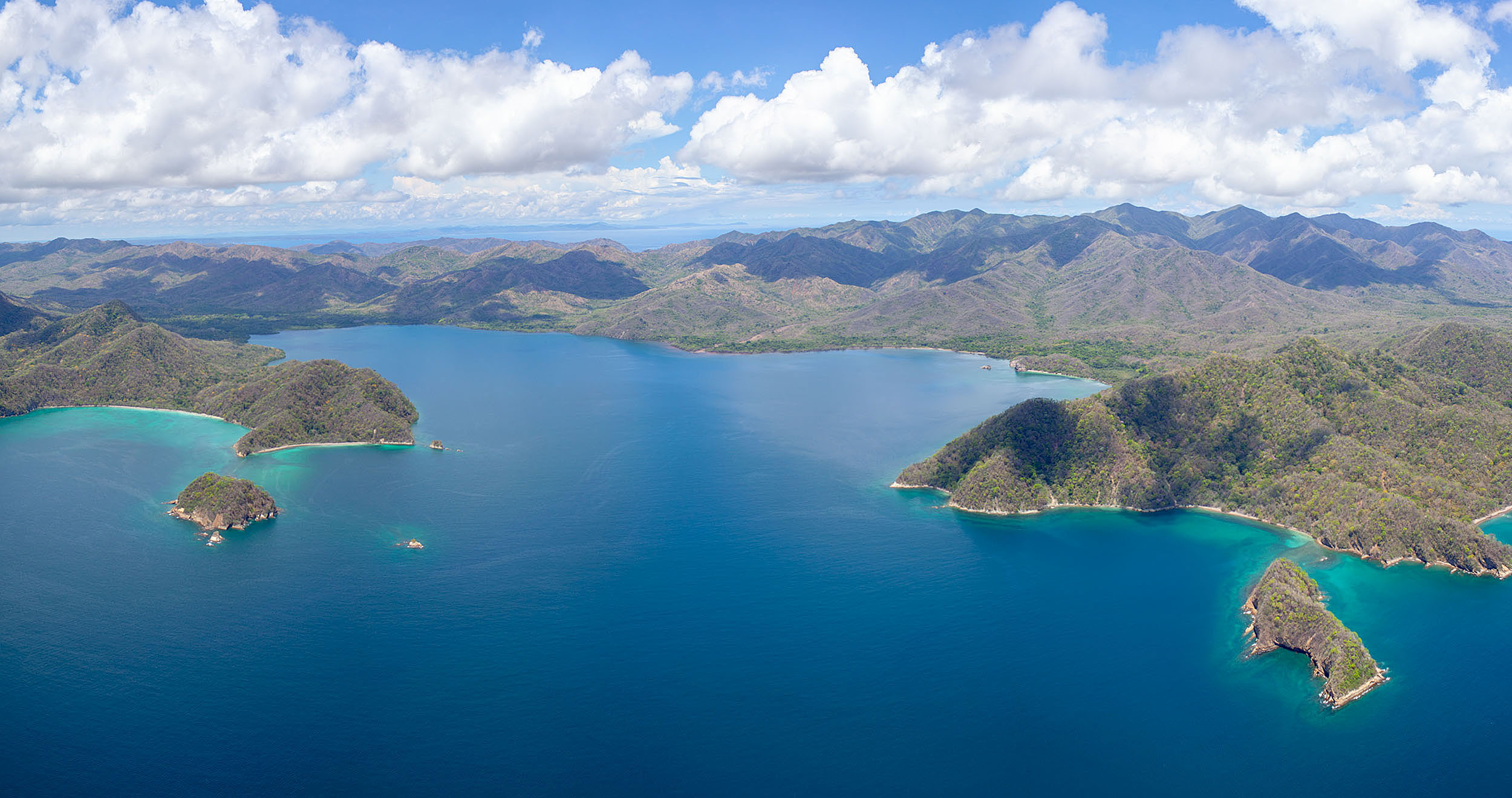
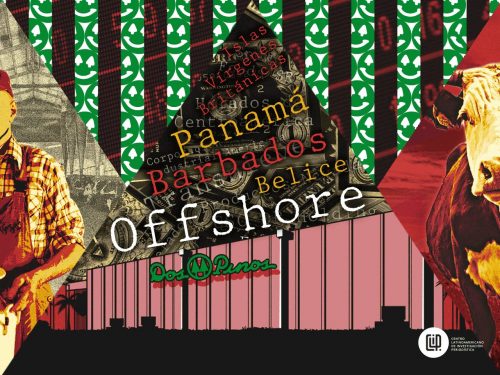
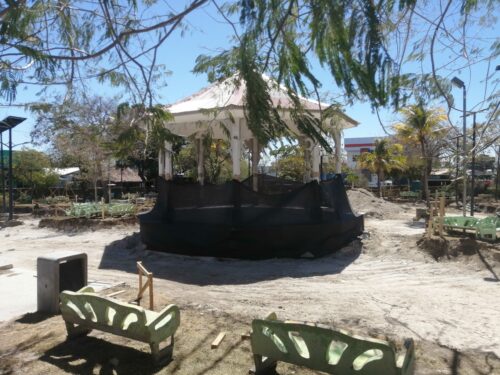
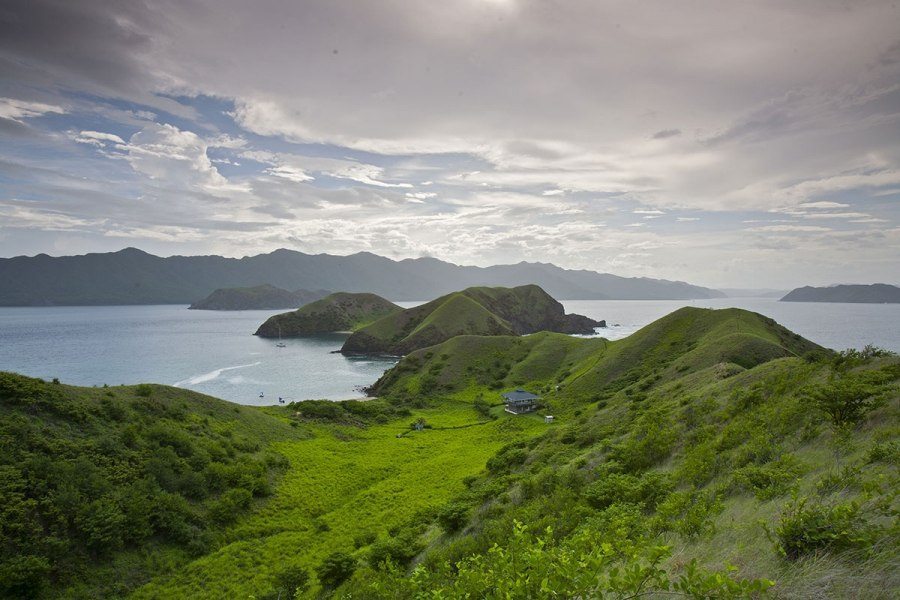

Comments